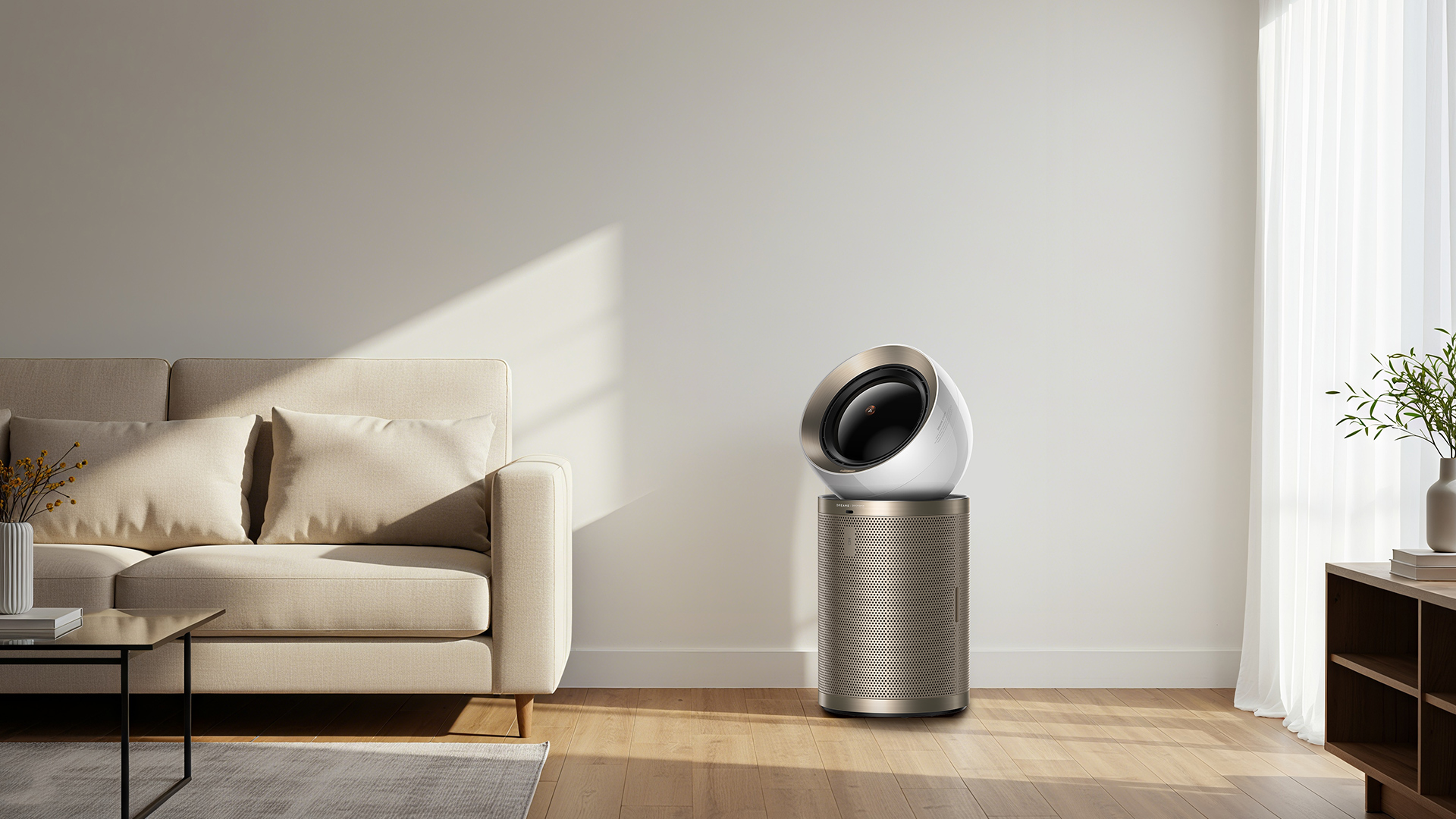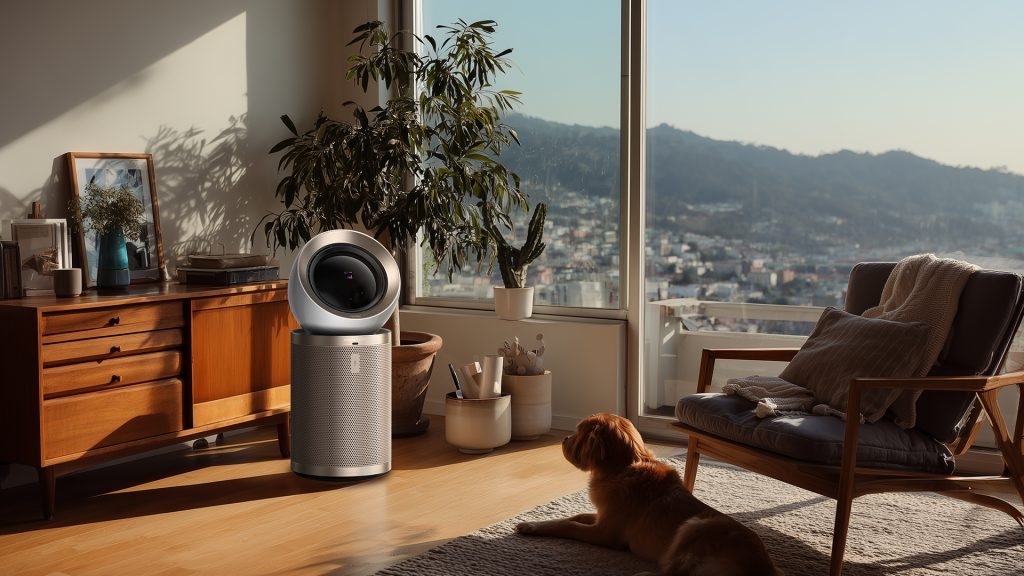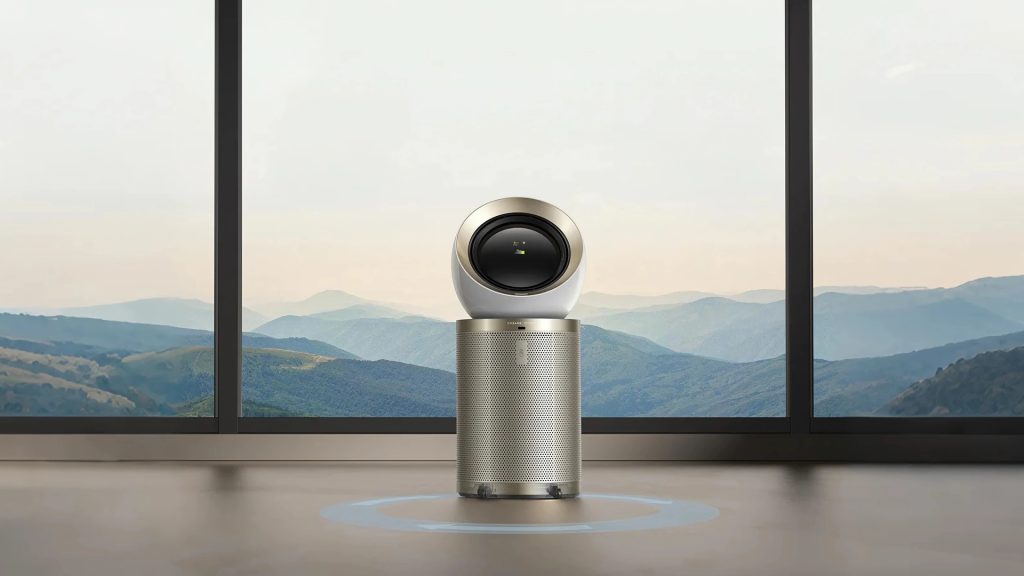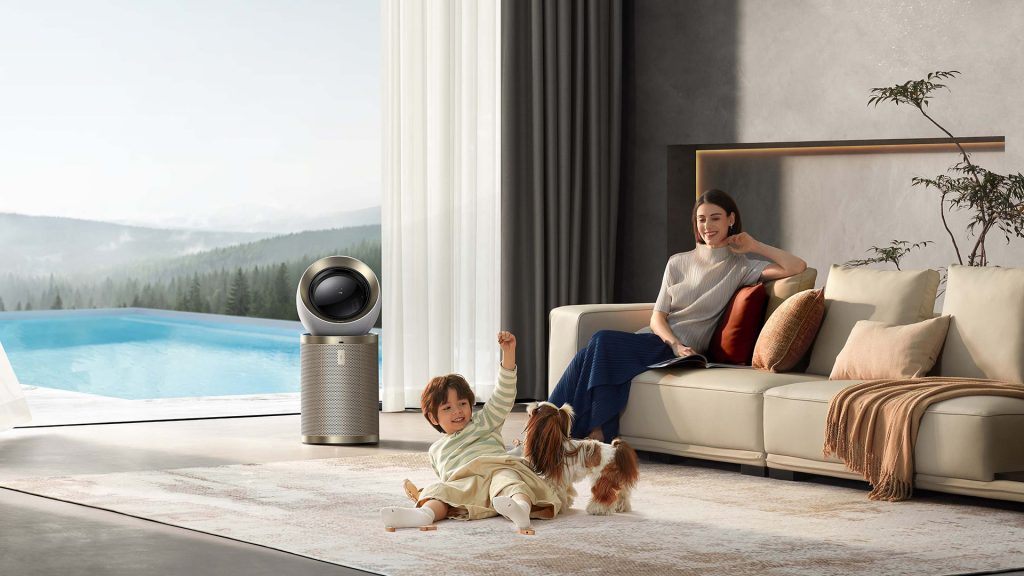
Concerned about how much electricity an air purifier uses if you run it all day?
With rising concerns about electricity bills and indoor air quality, it is valid to consider whether air purifiers are blowing your budget. Sustainable energy consumption must be assured to protect both the wallet and the planet.
In this guide, we will help you calculate the air purifier’s power consumption to determine whether it should run continuously or only at night.
Table of Contents
- Understanding Power Ratings & Energy Terms
- Do Air Purifiers Use a Lot of Electricity?
- How Much Electricity Does an Air Purifier Use?
- Factors Affecting Air Purifier Energy Consumption
- Tips to Reduce Air Purifier Electricity Use
- Final Thoughts: Do Air Purifiers Raise Your Electricity Bill?
Understanding Power Ratings & Energy Terms
When exploring power consumption, you will often come across technical energy terms like “watts” and “kWh.” Without understanding the basics, you cannot understand the power ratings of your home appliances.
In simpler words, power rating is the rate of electricity used, given in watts or kilowatts. Whereas, energy expressed in kilowatt-hours (kWh) is the total electricity used over time. For example, 1000 watts for one hour.
It is important to understand that our electricity bills are charged for kWh, not kW. If the appliance uses 1 kW for 1 hour or 10 kW for 6 minutes, it represents a kilowatt-hour (1 kWh).
The higher wattage means higher power consumption. If you are more curious, check out the labels indicating the power ratings of home appliances.
Do Air Purifiers Use a Lot of Electricity?
In comparison to many appliances, air purifiers do not use a lot of electricity, and most even work off electricity. The air purifier’s fan is the main source of power consumption as it pushes the cleaned air into the room. Still, it consumes far less energy than your washing machines, refrigerators, and even toasters.
Here is a comparison of the energy consumed by air purifiers and other appliances used normally.
| Appliance | Energy Consumed |
| Air Purifiers | 5-200 W |
| TVs | 50-200 W |
| Laptop | 550 W |
| Refrigerators | 100-800 W |
| Coffee Maker | 1200 W |
| AC Units | 1000-5000 W |
But the food for thought is that you don’t run all these appliances 24 hours a day. While air purifiers are running all the time. Therefore, it is vital to select and calculate the power consumption of air purifiers.

Modern units feature energy-efficient designs and smart sensors to use minimal power. The power consumption also depends on the runtime and settings of your current air purifier.
Note: Calculate the kWh and annual cost for appliances using online tools to determine the utility rates in your area.
How Much Electricity Does an Air Purifier Use?
The electricity unit depends on the area you live in. It also depends on the usage, fan speed, run time, running mode, and HEPA or UV systems. For example, air purifiers using a UV system to generate light use minimal energy.
Begin by identifying the wattage, as air purifiers are expressed in Watts (W). Specific models consume small units (5-50 W), some medium (50-100 W), and others larger (100-200 W+).
After finding out the power rating or wattage (W), divide it by 1000 to convert it into energy (kWh). Let’s say your air purifier consumes 75 watts; then divide by 1000 to get the amount of energy, such as 0.075 kWh. If you operate it for 10 hours, then multiply 0.075 by 10 to get a daily energy usage equivalent to 0.75 kWh.
Now multiply the kWh per day by the cost of electricity in your area to find out the daily cost of running the air purifier. The average U.S. electricity rate range is $0.12–$0.30/kWh (check on your local utility bill). So, running the device for 10 hours a day would cost you 0.75 kWh multiplied by $0.12, equivalent to $0.09 per day.
That means air purifiers are not energy-sucking appliances at all.
Factors Affecting Air Purifier Energy Consumption
These are the factors that can affect how much electricity your air purifier consumes.
The size of the room
More square footage means a higher volume of air to be filtered. If the air purifier is not efficient for large spaces, it can take longer to clean the air and consume more energy.

Fan Speed
Running the air purifier at a low fan speed will use a small amount of energy, even if you run it 24/7. It will keep the space clean and improve the longevity.
Clean Filters
If you live in a densely polluted area, the chances of dirty filters with accumulated dirt are higher. It means they have to work harder and consume more energy.

Smart Controls
Use the auto-mode feature to adjust the fan speed during peak hours of pollution. Some models also come with sensors to monitor air quality and automatically switch to energy-saving mode at night.
Energy-saving settings
Use the highest energy-saving settings of your purifier when cleaning. After running for a few hours, switch to a lower setting to save energy.
Note: Modern energy-saving air purifier units are certified by Energy Star to utilize less energy without compromising the environment. Always search for eco-mode options.
Tips to Reduce Air Purifier Electricity Use
Let’s now break down how to keep your air purifier running at peak efficiency. These tips will help you make informed decisions for energy savings.
- Run the filter for 8-12 hours a day. It’s not a good idea to run the filter at full capacity all the time.
- Maintain or replace filters regularly so it becomes easier for the fan to push the air. Clogged filters may risk the working of the motor and affect the unit’s efficiency.
- Use low or auto modes to adjust the speed based on the indoor air quality.
- Choose the correct location (e.g., central location) when placing the purifier to ensure smooth air flow.
- Keep the dust away and close doors or windows.
- Choose the air purifier with the highest ratings and energy-saving features.
Consider the potential energy savings offered by Dreame air purifiers. Their smart features and sensors adjust the fan speed automatically for adaptive power use.

Final Thoughts: Do Air Purifiers Raise Your Electricity Bill?
Not at all, especially if you have energy-efficient air purifiers. Usually, they use up to 5-200 W, depending on the usage and model. The above guide has made it easier to determine energy efficiency by identifying electricity costs per kWh.
Take advantage of the smart settings. Eco-saving models like the Dreame AirPursue PM20 will help you clean the space with auto-mode and less power consumption. Breathe the clean indoor air without worrying about the energy bill!